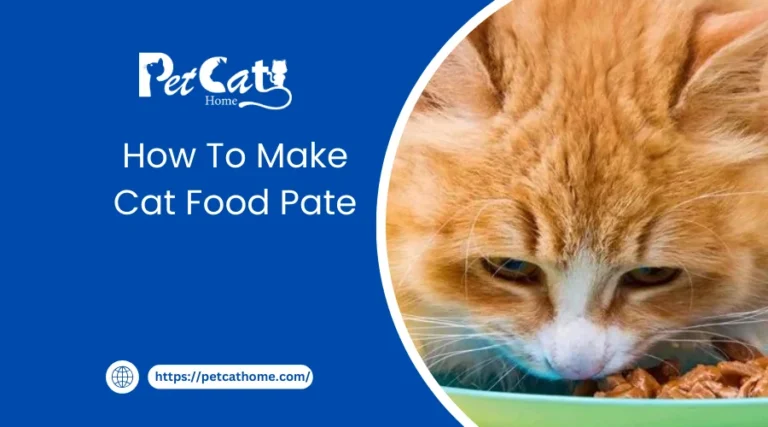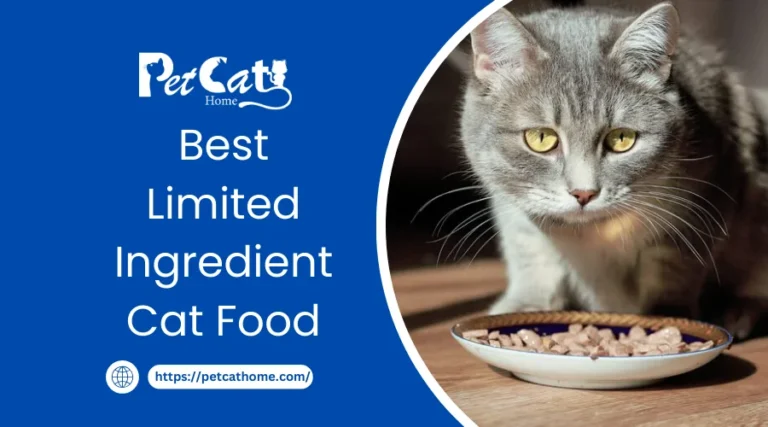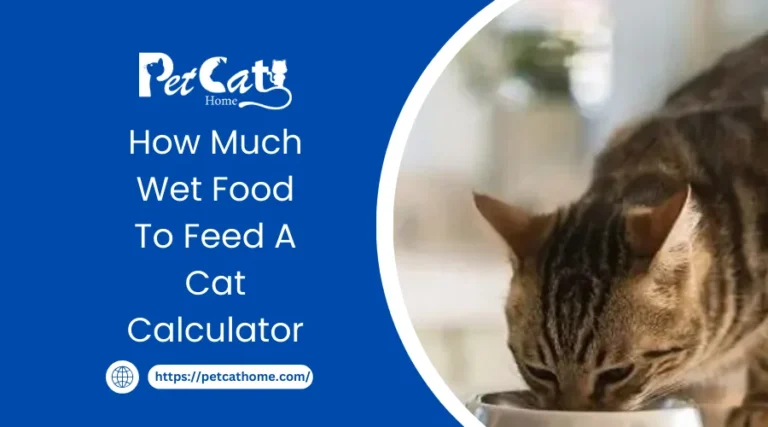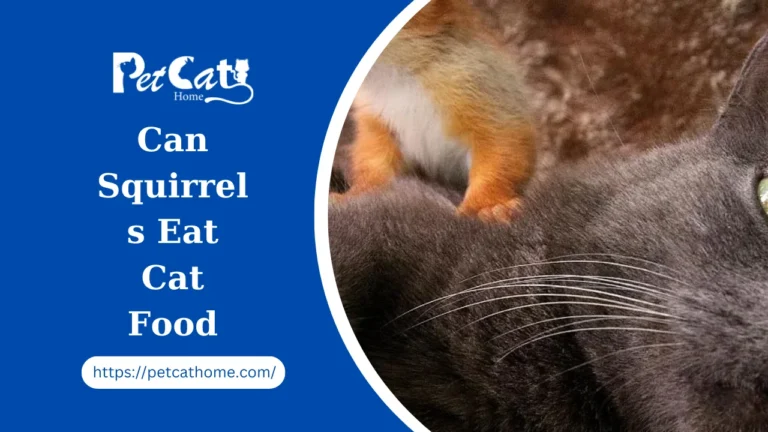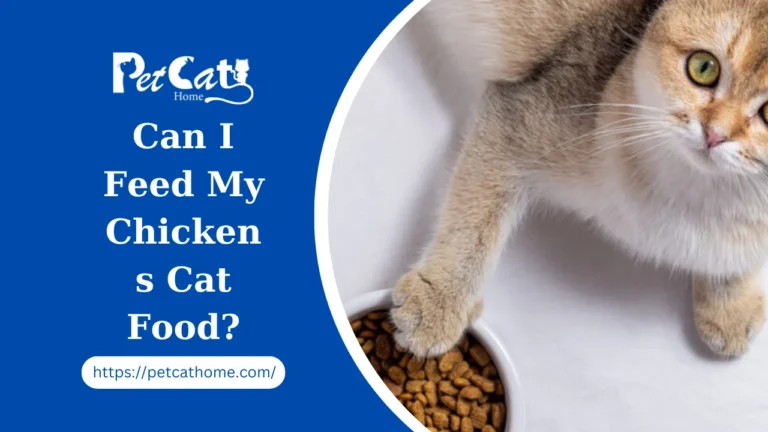Cat Food For Hairball Control
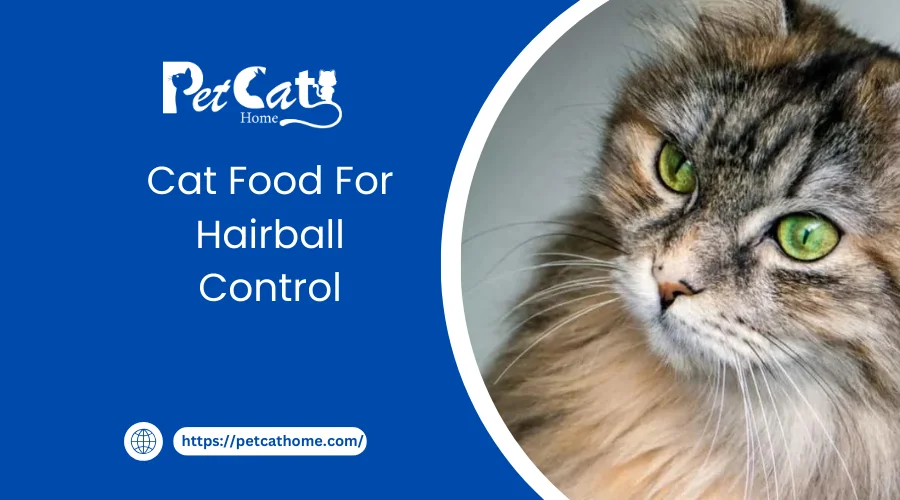
Cats frequently get hairballs, which if ignored can cause discomfort, intestinal troubles, and potentially major health problems. We must take proactive measures to address this issue as conscientious cat food owners. Using cat food that has been specially prepared to control hairballs is one of the best methods for managing hairballs.
What Sets Cat Food for Hairball Control Apart?
Nutritional Composition
The special nutritional requirements of cats who are prone to hairball development are satisfied by the painstaking crafting of cat chow for hairball control. It usually consists of a combination of fiber, vital nutrients, and premium proteins to promote intestinal health and reduce the development of hairballs.
Fiber Content
Because it encourages regular bowel movements and facilitates the transit of ingested hair through the digestive tract, fiber is essential for controlling hairballs. To aid in this process, cat food intended for hairball control frequently includes natural fibers like psyllium or beetroot pulp.
Moisture Content
For cats who are prone to hairballs, being properly hydrated is crucial since it supports urinary and digestive health. To promote hydration, a lot of cat meals designed to reduce hairballs include moisture-rich components or come in moisture-rich formulas.
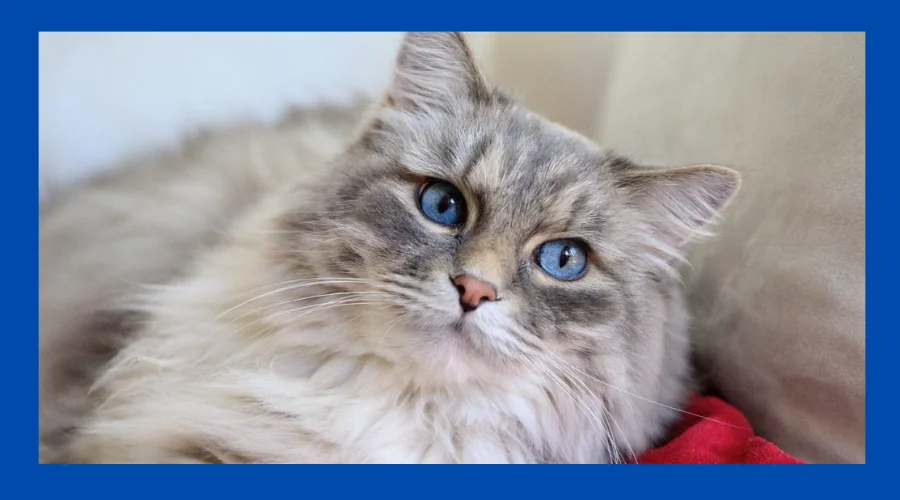
Choosing the Right Cat Food for Hairball Control
Ingredient Quality
Select cat food that is manufactured with premium ingredients and is devoid of artificial additives or fillers. As the main source of protein, choose real meat and steer clear of by-products and superfluous fillers.
Tailored Formulas
The needs of your cat should be taken into account when choosing a hairball control product. Which formula works best for your cat will depend on several factors, including age, activity level, and general health.
Veterinary Recommendations
To choose the best cat food for controlling hairballs, discuss your cat’s unique health profile with your veterinarian. Your veterinarian can offer insightful analysis and suggestions catered to the particular requirements of your feline.
Tips for Introducing Cat Food for Hairball Control
Gradual Transition
To avoid an upset stomach, it’s important to switch to a new cat food gradually, especially if it’s designed to control hairballs. Gradually increase the ratio of the new food over several days by mixing small amounts with your cat’s existing diet.
Observation and Monitoring
Keep a close eye on how your cat reacts to the new diet and note any changes in their general or intestinal health. See your veterinarian as soon as possible if you experience any negative reactions or have any concerns.
Understanding Hairball Formation in Cats
Anatomy of a Hairball
Hairballs, sometimes called trichobezoars, occur when cats lick their fur and swallow loose hairs. During grooming, the cat’s rough tongue aids in removing loose fur, although some hair will always get ingested. Ingested hair typically travels through the digestive tract and is expelled as feces. But hair can form a hairball if it builds up in the stomach rather than going through the intestines.
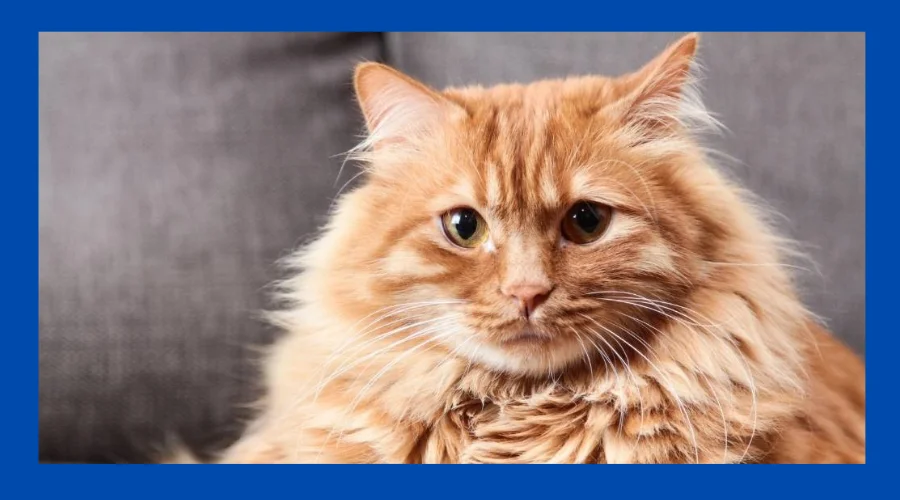
Factors Contributing to Hairball Formation
Hairball production in cats can be caused by several circumstances, such as:
- Grooming Practices: Cats who groom themselves excessively are more likely to eat a lot of fur, which raises the possibility of hairball production.
- Seasonal Variations: Depending on the season, cats may shed more fur, which might increase hairball frequency and ingestion of hair.
- Dietary Factors: Cats are more likely to develop hairballs if they consume inadequate amounts of fiber or low-quality cat food, which can impede the hair’s natural passage through the digestive system.
The Role of Nutrition in Hairball Control
Essential Nutrients
Cat food designed to reduce hairballs is made with key ingredients to help digestive health and aid in the removal of ingested hair. Important nutrients consist of:
- Omega-3 Fatty Acids: Found in fish oil, these fatty acids lessen excessive shedding and the development of hairballs by supporting the health of the skin and coat.
- Minerals and vitamins: Sufficient amounts of minerals and vitamins, including biotin and vitamin E, minimize hair loss and support a healthy digestive system while supporting the health of the skin and coat.
Fiber-Rich Ingredients
Because fiber increases fecal volume and gastrointestinal motility, which facilitate the passage of ingested hair, it is essential for controlling hairballs. Cat meals designed to reduce hairballs frequently include components high in fiber, like:
- Psyllium husk: A naturally occurring source of fiber that aids in controlling bowel movements and promotes hair removal from the digestive system.
- Oat Fibre: Another naturally occurring kind of fiber that helps with hairball removal by giving stool more volume.
Addressing Hairball Concerns in Senior Cats
Cats’ grooming routines and digestive systems may alter as they become older, which raises the possibility of problems with hairballs. Specialized cat meals made for senior cats’ particular requirements, such as the following, may be beneficial:
- Digestive assist: Hairball incidence can be decreased by using formulas enhanced with probiotics and digestive enzymes to assist nutrition absorption and preserve gastrointestinal health.
- Joint Health: To improve joint function and mobility, several senior cat diets include ingredients like glucosamine and chondroitin. This makes it possible for elderly cats to continue their grooming routines without discomfort.
Best Canned Cat Food: Hound & Gatos Turkey & Turkey Liver Canned Cat Food
With its construction based on what the manufacturer refers to as a Palaeolithic feeding model, this meal is especially well-liked by cats suffering from inflammatory bowel disease and other digestive problems.
This is a one-source meal with few ingredients that contain animal protein. Turkey is a wonderful substitute for chicken and isn’t one of the top allergies for cats.
The recipe, which calls for turkey meat, organs, and broth along with binders and additives, is among the easiest to find. There are no fruits or veggies in it. This translates to easy digestion and hopefully fewer hairballs for an obligatory carnivore.
Some reviews claim that the pâté has an odd, solid texture and that their cats didn’t enjoy eating it, although few contest the food’s nutritional value.
Ingredients
Turkey, liver from Turkey, turkey broth, Calcium carbonate, calcium chloride, potassium chloride, agar-agar, choline chloride, taurine, salt, iron proteinate, zinc proteinate, manganese proteinate, copper proteinate, magnesium proteinate, sodium selenite, calcium iodate, thiamine mononitrate, vitamin E supplement, calcium pantothenate, pyridoxine hydrochloride, riboflavin supplement, biotin, vitamin A supplement, vitamin B12 supplement, vitamin D3 supplement, and folic acid have all been mentioned.
Guaranteed Analysis
Crude Protein:10% Crude Fat:8.5% Crude Fiber:1%
Moisture:78% Ash:2.5%
Dry Matter Basis
Protein:45.45% Fat:38.64% Fiber:4.55%
Caloric Weight Basis
Protein:32.63% Fat:67.37%
What We Liked:
- Made from turkey, a tasty substitute for chicken;
- a small list of ingredients
- incredibly palatable
What We Didn’t Like:
- Made from turkey, a tasty substitute for chicken;
- Limited ingredient list; made from turkey, an excellent substitute for chicken
- extremely palatable
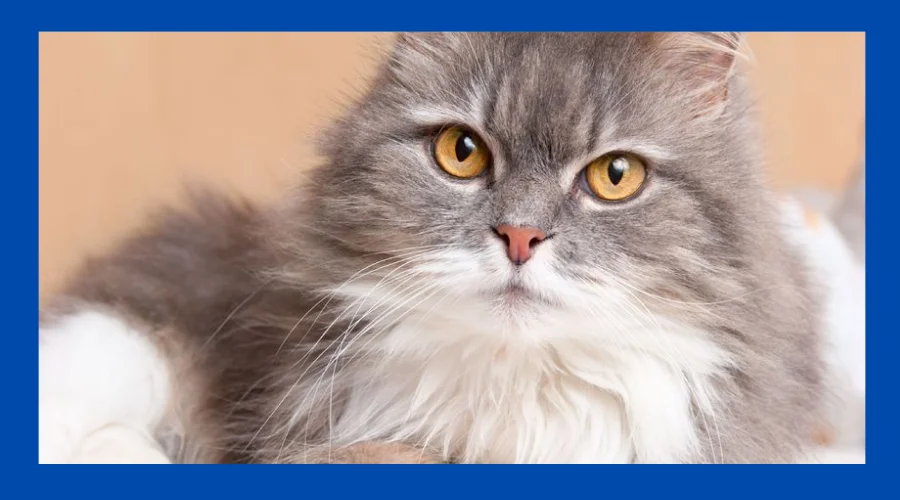
Best Freeze-Dried: Stella & Chewy’s Freeze-Dried Raw Absolutely Rabbit Dinner Morsels Cat Food
Since freeze-drying eliminates harmful organisms without changing the nutritional value or texture of fresh, raw beef, cats will find Stella and Chewy’s recipe to be extremely digestible.
The meat and bones of the rabbit make up the majority of the morsels. Rabbit is not one of the main allergens and is unlikely to cause any allergy problems because most cats don’t consume it regularly.
Pumpkin seeds and olive oil are used in this dish. Though pumpkin seeds are high in fiber and may help your cat’s body eliminate hair, these plant-based components aren’t the best for an obligatory carnivore.
Probiotics found in the diet can help with intestinal health in general. The bacteria may be killed during handling, processing, and storage, thus it’s uncertain if they will survive when they get to the feeding bowl of your cat.
Ingredients
Rabbit Liver, Ground Bone, Olive Oil, Pumpkin Seed, Sodium Phosphate, Potassium Chloride, and Choline Chloride This product contains dried fermentation products for Ediococcus Acidilactici, Lactobacillus Acidophilus, Bifidobacterium Longum, and Bacillus coagulans. Dried Kelp, Dandelion, Tocopherols (Preservative), taurine, Iron, zinc, and copper proteinates; supplements of vitamin A, vitamin E, niacin, and riboflavin; sodium selenium; D-calcium pantothenate; biotin; manganese proteinate; thiamine mononitrate; pyridoxine hydrochloride; vitamin D3; folic acid; and vitamin B12.
Guaranteed Analysis
Crude Protein:44% Crude Fat:30% Crude Fiber:5%
Moisture:5%
Dry Matter Basis
Protein:46.32% Fat:31.58%
Fiber:5.26% Carbs:16.84%
Caloric Weight Basis
Protein:33.12% Fat:54.84%
Carbs:12.04%
What We Liked:
- A unique protein that is perfect for cats with dietary sensitivities is rabbit.
- Pumpkin seeds may reduce the amount of hairballs.
- Supplemental probiotics
- incredibly palatable
What We Didn’t Like:
- It takes a few minutes to rehydrate.
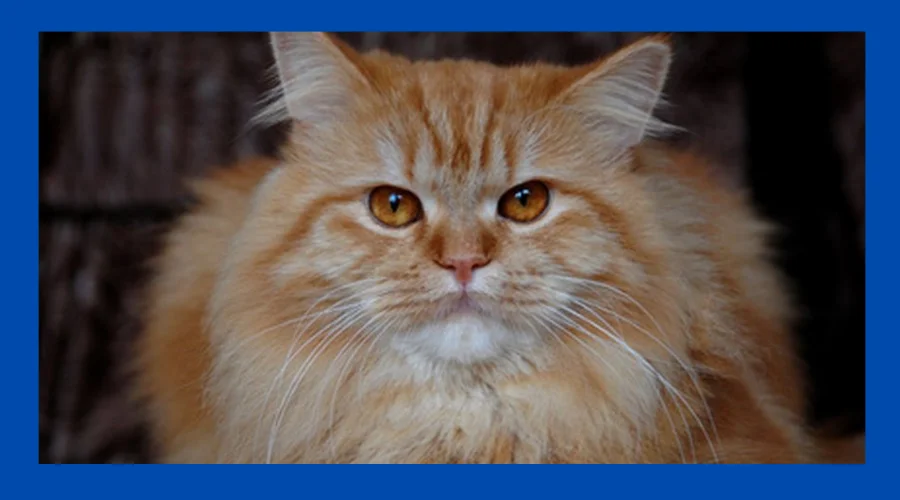
Best Multi-Protein: Primal Turkey Formula Nuggets Grain-Free Raw Freeze-Dried Cat Food
The main ingredients of these freeze-dried nuggets are the organs and muscle meat of the turkey. For cats with a confirmed or suspected food allergy, turkey is a decent substitute for chicken because it isn’t one of their top allergens.
You can be sure that your cat will receive plenty of nutrition and great digestibility from this recipe, as 96% of its protein originates from animal sources. But it’s not just meat that’s served. It has traces of different fruits and vegetables along with organic pumpkin and sunflower seeds, kale, squash, celery, blueberries, and cranberries.
Instead of using artificial vitamins and minerals, the food is nutritionally balanced thanks to these low-carb plant ingredients.
Ingredients
Organic lucerne, Dried Organic Kelp, Fish Oil, Montmorillonite Clay, Organic Coconut Oil, Organic Cod Liver Oil, Taurine, Vitamin E Supplement, Organic Pumpkin Seeds, Organic Sunflower Seeds, Organic Cranberries, Organic Blueberries, Organic Celery, Organic Kale, Organic Squash, Organic Rosemary Extract, Organic Cilantro, Organic Ginger, Organic Quinoa, Organic Apple Cider Vinegar.
Guaranteed Analysis
Crude Protein:48% Crude Fat:22%
Crude Fiber:4% Moisture:9%
Dry Matter Basis
Protein:52.75% Fat:24.18%
Fiber:4.4% Carbs:18.68%
Caloric Weight Basis
Protein:40.53% Fat:45.11% Carbs:14.35%
What We Liked:
meal with few ingredients
incredibly palatable
What We Didn’t Like:
needs to be rehydrated
comprises components derived from plants
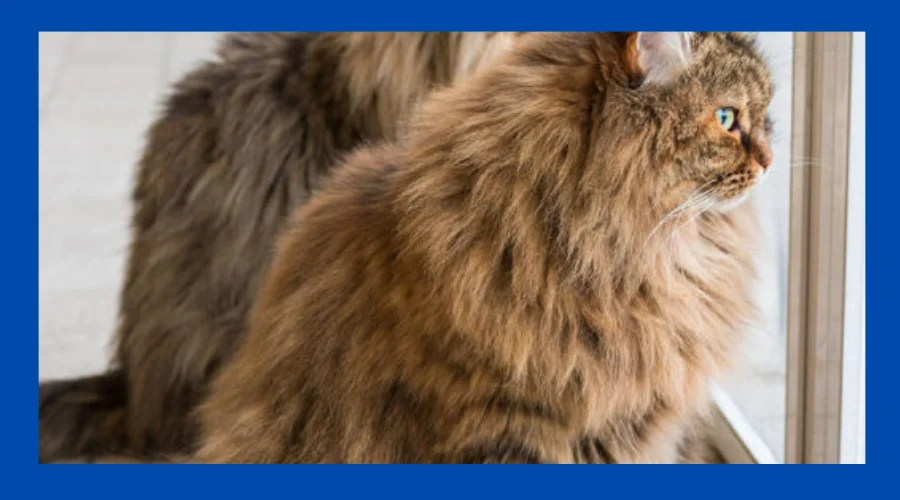
What To Consider When Buying Cat Food for Hairballs
Given that hairballs may indicate digestive issues, feeding a cat that has persistent hairballs is comparable to feeding a cat that exhibits other GI inflammatory symptoms. Giving your cat food that is compatible with their physiology is your aim. This means that unless you’re trying a higher-fiber diet to help pass hairballs through the intestinal tract, you should feed your carnivorous cat a diet that consists mostly of meat and as few plant ingredients as possible.
Hypoallergenic Foods Might Help
A cat may exhibit excessive hairballs as a sign of dietary allergies. Hairballs can result from food allergies that cause itchy skin because itching cats tend to overgroom, which causes them to swallow more hair. Consult your veterinarian about transitioning to a hypoallergenic or limited-ingredient diet devoid of possibly allergic components.
Added Fiber Might Help
The majority of foods marketed to reduce hairballs are high-fiber items. Additives with fiber facilitate the passage of food and hair through the GI system.
Cats require less indigestible plant matter than what they typically get from commercial cat food, which often contains additives like brewer’s yeast, wheat middlings, and dried beetroot pulp. Give your cat a diet that is best for good digestion first. Should the hairballs continue, you may want to consider a higher-fiber diet.
Before treating your cat for a hairball or altering their diet, take them to the vet. Your veterinarian will evaluate the general health of your cat and ascertain the extent of the hairball issue. They will offer advice on your cat’s best course of action for treating hairballs.
Helpful Tips for Minimizing Hairballs
1. Groom Your Cat Regularly
Brushing your cat’s hair is one of the best ways to avoid hairballs because cats ingest hair when self-grooming. The cat’s hair will go right into the garbage instead of going through the GI tract and becoming a hairball.
2. Maintain a Healthy Coat To Prevent Excessive Shedding
A cat that is in good health sheds less than one that is not as well. Here are some tips for maintaining the health and strength of your cat’s coat:
- Determine which food elements are causing allergies or sensitivities and get rid of them.
- Offer a supplement containing omega-3 fatty acids. Salmon, krill, and other fish are examples of species-appropriate suppliers of omega-3 fatty acids. Steer clear of flaxseed oil and other plant-based fatty acid sources.
- Provide a healthy diet high in protein from animals.
- Eliminate any medical issues that might be causing the excessive shedding.
3. Consider Hairball Home Remedies and Supplements
Consult your veterinarian before attempting any of these remedies for hairballs. Your veterinarian can provide you with advice on the best course of action and how to give your cat its medication.
Hairball treatments operate on one of two premises.
- The first is the fiber theory, which holds that dietary supplements of fiber aid in binding individual hair strands to food particles, speeding their passage into the colon and litter box. Keep in mind that longer periods in your cat’s body mean greater chances for the hair to clump together into a hairball.
- The second myth is that the hairs are lubricated by oils, waxes, or petroleum jelly, which keeps them from joining together to form a trichobezoar.
FAQs
What distinguishes conventional cat food from cat food intended to control hairballs?
Cat food designed to reduce hairballs is specially made to meet the dietary requirements of cats who are prone to hairball development. It usually has more fiber to help move hairballs through the system, and it could also have extra nutrients like omega-3 fatty acids to help the condition of the skin and coat and lessen excessive shedding.
Can hairball management cat food help all cats?
While a balanced diet is beneficial for all cats, hairball management cat chow may be especially helpful for cats who have a history of hairball problems or excessive grooming habits. To find out if a hairball management diet is right for your cat’s needs, speak with your veterinarian.
How long does the hairball control cat food take to become effective?
Depending on the particular cat and the severity of the hairball problem, there may be differences in the time frame for observing the benefits of hairball control cat food. When following a hairball management diet, some people may show improvements in as little as a few weeks, while others may require more time to experience notable changes.
Does giving cat food designed to control hairballs have any possible negative effects?
Generally speaking, cats can safely consume hairball control cat food as long as they follow the manufacturer’s instructions. On the other hand, some cats may go through a period of moderately upset stomach when switching to a new food. It is crucial to keep an eye on your cat’s reaction and speak with your veterinarian if you have any worries.
Can I offer my cat treats to help with hairballs rather than changing their diet completely?
Hairball control treats are a handy way to add extra nutrition to your cat’s diet, but they shouldn’t take the place of a well-balanced cat food. These snacks might help with hairballs momentarily, but they might not deal with the underlying problem. See your veterinarian for advice tailored to your needs.
Conclusion:
In order to maintain our feline friends’ overall health and comfort in their digestive systems, hairball control is a crucial component of cat care. We may help cats live happy, healthy lives free from the discomfort of hairballs by choosing nutrient-rich cat foods that are suited to their needs and giving them frequent grooming and veterinarian care.
